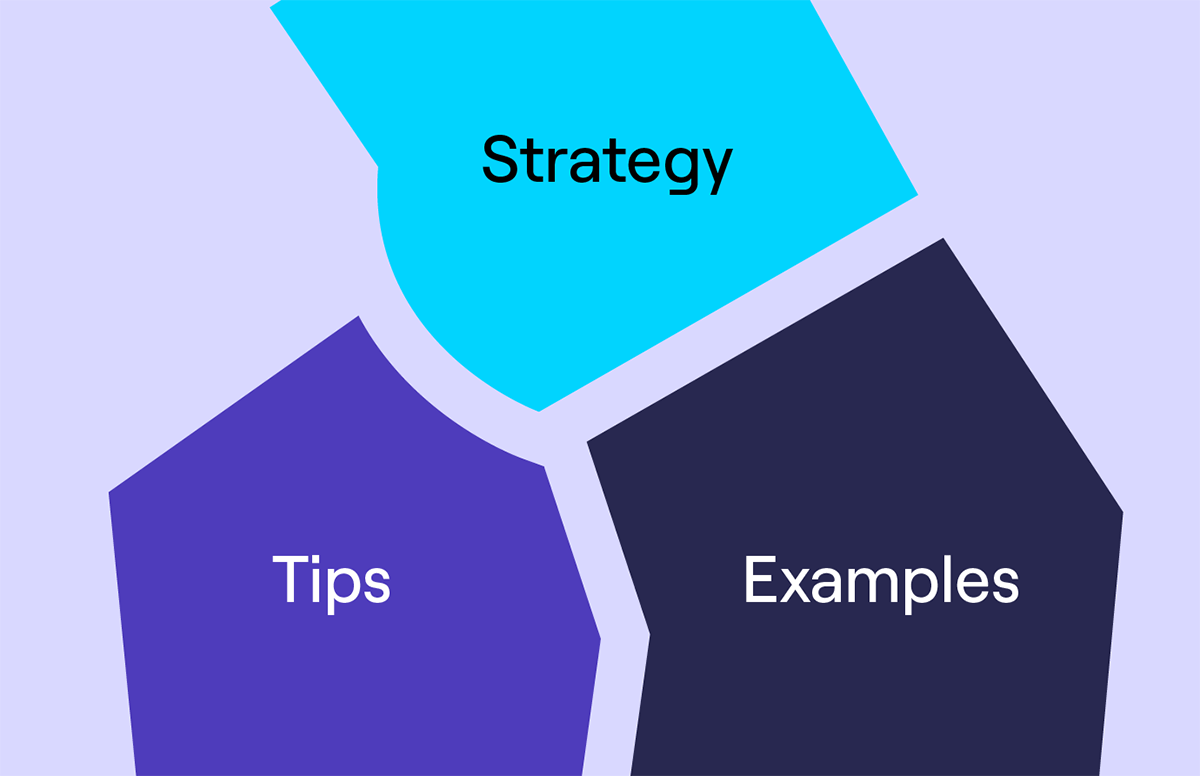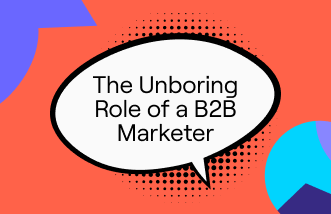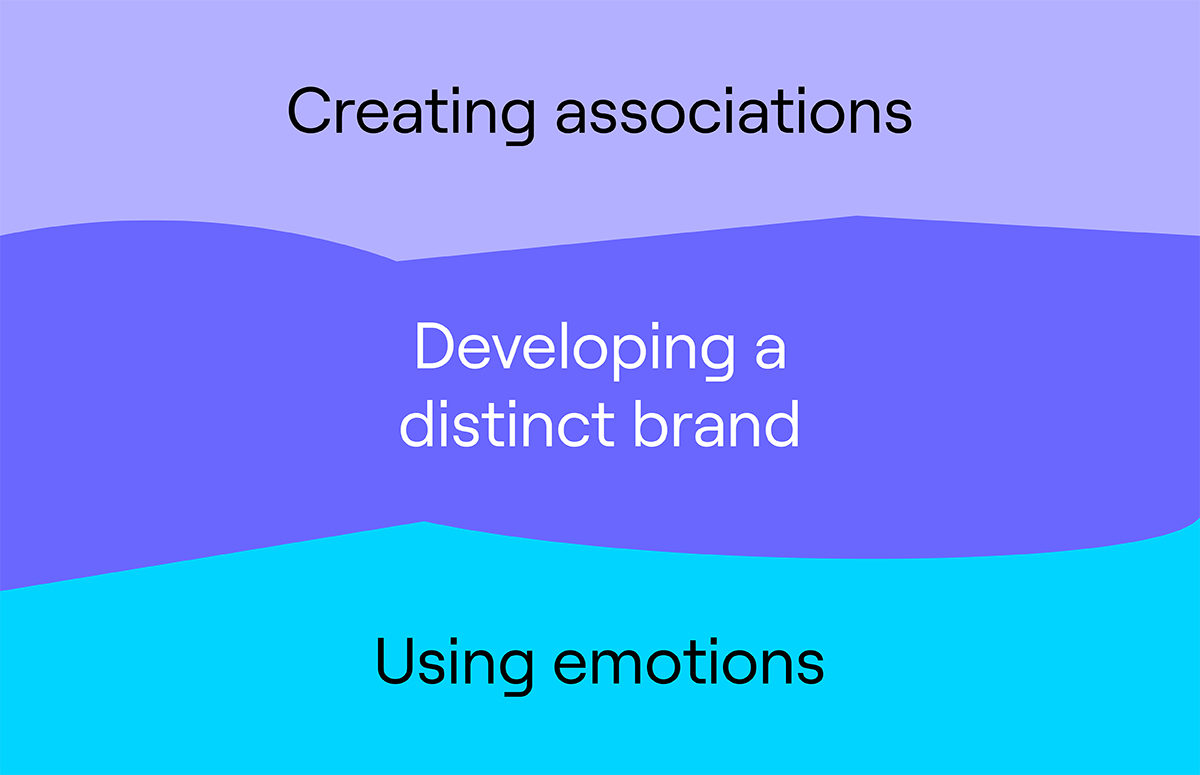How to Use Humour in B2B Marketing
What's on this page:
B2B marketers are HILARIOUS!
We know - it sounds crazy. But it’s true.
By definition, marketers are creative thinkers. And it’s not about playing by the book - that approach doesn’t get results.
In fact, being funny in B2B marketing is important - as it fits into the wider idea of just being human.
An emotionless robot isn’t going to read your blog, email, or post. An actual human being is. So it’s important to write how your audience speaks.
Now - we understand you may have questions.
- Why is using humour in B2B marketing important?
- How can you use humour in B2B marketing?
- When is it appropriate?
- When should you avoid it?
Well, in this article, all of these questions will be answered.
We’ve featured insights from:
- Liam Bartholomew, Cognism’s Global Head of Demand Gen.
- Joe Barron, Cognism’s Senior Content Manager.
- James Sutton, Cognism’s Senior Demand Gen Manager.
Keep scrolling to find out how you too can become the Jerry Seinfeld of B2B marketers.
The importance of humour in B2B marketing
B2B marketers: why so serious?
There’s no rule saying you have to compromise being professional, if you’re using humour in B2B marketing.
In fact, it’s encouraged. In today’s virtual world, the need to connect, engage, and really understand your audience has never been more urgent.
You need to be human and relatable - that’s the secret to connecting with your ICP.
Liam explained what he meant by this, when he sat down with Sean Ball, Founder of Generation Demand:
“If you think about it, some of the people we listen to the most in the world are funny. They have a massive influence. It all comes back to speaking to your audience like they want to be spoken to.”
What does this mean?
Well, not getting caught up in boring content, like data, or long fancy words.
Sean agreed:
“The role of B2B marketers is to add value by making someone's day slightly better than before.”
Examples of how to use humour in B2B marketing
So, it’s clear why using humour in B2B marketing is important.
But, how does this look in practice? And must it differ across your marketing channels?
We’ve got some examples that show how Cognism has approached things 👇
Social Media
This is a great place to start.
And you can use humour in different ways, across different platforms.
Now, for Cognism, TikTok is a great channel for being funny and relatable, especially for Gen Z and millennial audiences ⬇️
@cognism Tbf, it was a long email… there were at least 3 lines 🥹 #wfh #corporate #corporatetiktok #fyp #bankholiday #jubilee #work #millennial #email #outlook #sales #marketing ♬ original sound - Aidan
After all, who doesn’t love a viral TikTok sound?
Articles (Blog and SEO)
The beauty of having a content team is that all of your writers are going to write in different ways - and this shouldn’t be resisted, it should be encouraged.
It’s important to give your content team the freedom to be themselves.
Why?
Because how a blog is written is just as important as what it’s written about. By using humour, content writers can divulge information in a more natural and engaging way.
Joe explained:
“Humour is how human beings communicate. Consider an office setting or perhaps when you’re with friends or family. A lot of the time, you’re probably going to communicate with jokes. It’s part of how we all talk to each other.”
“So, if you’re not including humour in your content pieces, it’s not very reflective of how people speak.”
He went on:
“Adding humour into your blog or SEO page is also going to make it more memorable - your reader will think ‘Oh that’s really funny’. It adds character and life to your writing and leaves a lasting impression in the reader’s mind.”
For some, the more light-hearted approach of writing can take a minute to get used to. So we wanted to know whether Joe had any best practices for first-time writers:
“It really depends on the person. All content writers have to find their own way into it.”
“For example, some members of Cognism’s content team use humour regularly, and are very good at it. And some don’t use humour, and that’s fine because they don’t write in that way. A good place to start would be including a GIF, a meme, or working in a common trend.”
“My rule of thumb is how it makes you feel. If it’s funny to you, others are likely to find it funny too. You have to be a judge of your own material, and trust yourself. And if you’re really unsure, read your blog or page out loud. It gives you an idea of the rhythm of the language.”
Bottom line?
Have faith in your jokes and then your audience will too.
It’s important to not get carried away though, as there can be such a thing as too much humour.
Joe said:
“If you write a piece that’s just wall-to-wall gags, you’re not adding value. We’re content marketers - not comedians. Our job is to educate our audience. That always has to be the primary goal - but things like a joke every so often are good for keeping readers on the page.”
Want more tips on how to share funny (and engaging) content on social? Press play below for content distribution 101. ▶️
Email Nurtures
There’s nothing worse than impersonal, dull email marketing.
James said:
“I’ve written some really boring emails in the past. And the reality is, that if you don’t enjoy the email you’ve just written, there’s no chance it’ll engage your audience.”
“We’ve become convinced that every business interaction needs to be ‘professional’, but all that does is remove humanity from marketing. People forget that there are real people receiving your email. So if you can make an email that *feels* like it’s been written by another person, it’s far more likely to be interacted with.”
Now, how do we know this is true?
Well, James and Liam have used email nurtures as an opportunity to hilariously communicate with their audience. They’ve played on the dating/break-up scenario and created some funny closed-lost opp emails.
Here’s the email from Liam that started everything off 👇
What was the thinking behind this?
Liam said:
“I took inspiration from some of the dates that I’ve been on. These mutual texts make me laugh because of the awkwardness. So I was thinking about that same feeling, but within the closed-lost scenario.”
“Everyone knows what it’s like. It’s relatable - you’re not allowed to be annoyed. You’ve got to accept it, let people go. So I wrote the email as if it’s a date that’s gone wrong.”
And if you didn’t know, this actually went viral on LinkedIn!
Here are some of the other emails that James worked on. Again, they play on the hilarious yet awkward everyday dating experience:
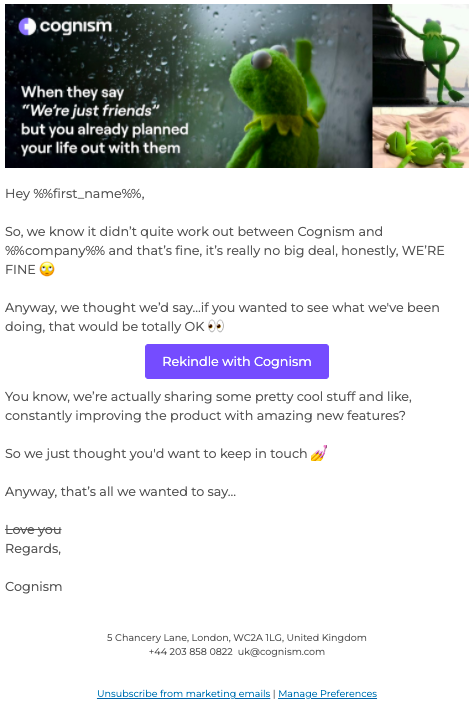
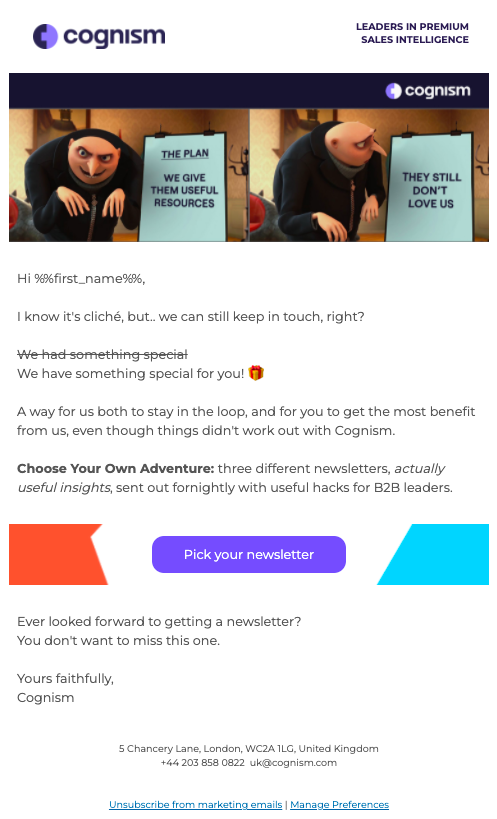
These emails were successful because the nature of the responses drastically changed, as James shared with us:
“Before we started writing emails with personality, the only replies we ever received were ‘unsubscribe’, ‘no thanks’ or the classic ‘this person no longer works here’.”
“And now? We have people replying with 😂 or 🤣. People thank us for making their inbox just a little more bearable.”
But there’s something else we learnt when we interviewed James, and that is: don’t be hasty.
Before you send a funny email, test it first! You don’t want to get that wave of regret after you press send…
James said:
“A good way to test if your emails have personality is to share them internally. Before I set any email nurture live, I share emails with my team to get constructive feedback.”
He added:
“This helps in two ways: first, you’re ensuring that the emails land with a wider audience, and second, you’re establishing this new tone with the wider team.”
“In turn, whoever writes the social posts, the product updates, or the customer newsletters will have a template to upgrade their tone of voice.”
James also said:
“Establish a theme in your emails - this goes a long way to create cohesively throughout the nurture. This can be a tone of voice, a running joke, a certain graphic design element or character. Have something fun or recognisable that links each of these individual interactions into an overall journey.”
He had one last piece of advice to offer on the topic of using humour in emails:
“Just think about how many emails you receive that are immediately deleted, unsubscribed, or ignored altogether. A lot of people like to throw around the phrase: ‘Emails are dead!’ Well, they’re not - you’re just writing boring emails.”
When not to use humour in B2B marketing
There’s a time and place for everything.
It’s important to be human - but that doesn’t mean that humour is going to be appropriate in EVERY B2B marketing activity you do.
Liam offered his two cents on when you might want to steer clear of being the class clown:
“I think when humour isn’t appropriate is when the topic is actually quite serious. For example, if you’re talking about fines in relation to GDPR or just rules or processes you have in place around privacy. That’s just common sense.”
Joe also shared when humour is a no-go in B2B marketing:
“Anything that’s going to cause offence has to be avoided. For example, anything that’s going to make people upset, because it’s controversial, or openly abusive or mean-spirited.”
He also said:
“You want your content to be consumed, liked, and engaged with by as many people as possible. And you want people to come back for more. This is really important to take note of - you don’t want to put people off or damage your brand.”
Joe offered a good piece of advice to help content writers assess whether their jokes have crossed a line:
“Sometimes it’s quite hard to know what your audience is going to be offended by, especially in today’s cancel culture where people are quicker to act on things compared to 20 years ago.”
“As an example, I remember we once shared a (fairly innocuous!) meme on LinkedIn and it provoked a negative reaction from some quarters. That was a learning curve for me - you have to be very careful.”
“I think a good rule of thumb is this: any joke you wouldn’t tell a colleague at work definitely shouldn’t be used in your content.”.”
Oh, and whatever you do: steer clear from political jokes in your content marketing material - Joe shared why:
“I personally tend to steer clear from this, because you can’t assume people’s political inclinations and leanings. People who read your blog and connect with your company on LinkedIn, you don’t fully know who they are. You don’t know what they care about or what has the potential to upset them.”
“For me, I want Cognism’s content to appeal to as many people as possible in our ICP, regardless of who they are or ‘what side’ they’re on. I want to inspire and inform people, not offend them in any way.”
“So I think that jokes based on politics, religion, sexuality etc. are always best avoided.”
Using humour in B2B marketing: key takeaways
Let’s recap the key points on using humour in B2B marketing!
- Humour is important - it helps humanise B2B marketing activities. Just because you’re dealing with businesses doesn’t mean you have to switch off your emotion or personality. Relatable and funny content is the key to success.
- You can use humour in social media, blog articles, SEO pages, and even email nurtures.
- When you’re dealing with serious topics in B2B, it’s best to steer clear of making jokes or funny references.
Now, go and be funny!
